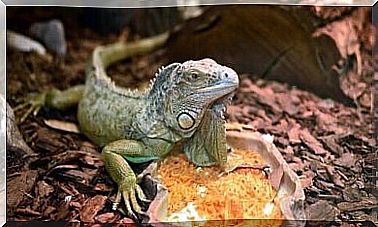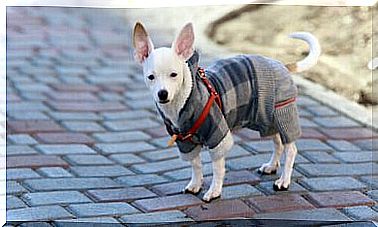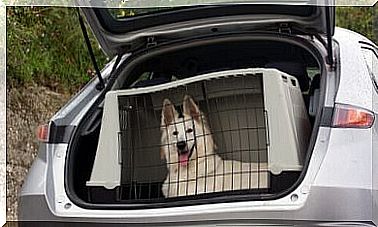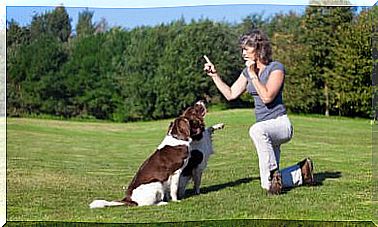Colon Cancer In Dogs: Causes And Symptoms
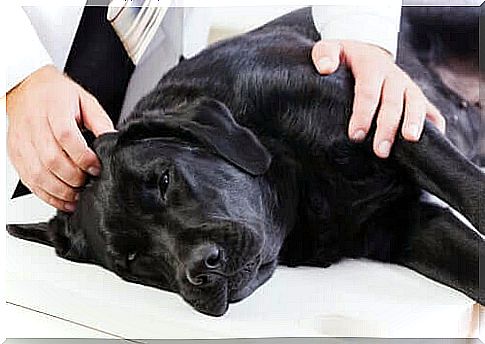
Colon cancer in dogs begins with the formation of polyps or benign tumors, called adenomas, that invade an area of the colon. The normal progression of these tumors is the development of cancer. Therefore, when detected, the most common is to remove them surgically.
Tumors in the dog’s large intestine appear mainly in the distal part of the colon and rectum, and they can be benign or malignant. Most canine polyps are benign, although the appearance of adenomas in the large intestine can predispose to the development of colon cancer.
Colon Cancer Symptoms in Dogs
Usually, a series of tests are necessary to detect this type of cancer, as the animal can feel good emotionally and have a normal life without counting digestive problems.
Depending on the degree of evolution of the disease, symptoms tend to be very frequent defecations and diarrhea accompanied by blood and mucus. Consequently, the animal progressively loses weight over time and may have digestion problems.
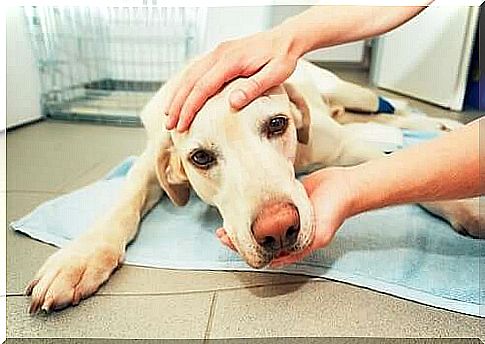
How is it detected?
If the dog is apparently doing well, the veterinarian will have to perform tests, from more general tests to tests a little more invasive, such as endoscopy.
- A blood test to check that the blood parameters are correct and that they affect other organs in the digestive system. It is normal to see signs of anemia in cases of colon cancer in dogs, which can be corrected with treatment.
- A stool test to rule out the presence of parasites such as giardia that may be causing these frequent diarrhea or the appearance of blood in the stool.
- Abdomen ultrasound. It is used to see the internal organs of the abdomen, such as the kidneys, spleen, liver, bladder, prostate… The intestinal tract ultrasound can detect small masses that form on the wall of the organ. However, it can be tricky if there is a lot of gas in the digestive tract. Therefore, it is sometimes supplemented by other exams.
- Chest and abdomen X-rays to check for changes in organs or foreign bodies that may obstruct part of the intestine.
- Complete digestive endoscopy. It is a slightly more invasive exam than the previous ones, but it is also a safe technique and the best way to visualize and collect tissue samples. Digestive endoscopy is the most common. For this, it is necessary to anesthetize the animal.
- Intestinal tissue biopsy. Endoscopy machines typically have a built-in biopsy forceps to collect tissue samples or remove foreign bodies. Some devices even have handles for removing small polyps.
Once the samples of suspected cancer tissue are obtained, a specialized laboratory will carry out a detailed analysis that the clinic’s veterinarian will be able to interpret and, based on that, assess the evolution of the disease and find the safest solution for the animal.
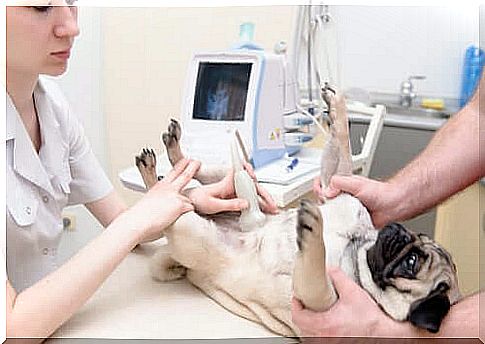
What Causes Colon Cancer in Dogs?
In short, the cause of intestinal tumors is not fully understood. Some factors that predispose to this type of cancer in dogs are diet and chronic inflammatory bowel diseases, such as colitis or gastritis.
As a prevention, it is recommended to offer a quality diet to the animal, especially if it tends to have regular digestion problems. There are already highly digestible foods to help with these problems.
On the other hand, it is very important to follow the veterinarian and observe digestive problems or noticeable weight loss in the dog. The timely detection of these types of pathologies is sometimes vital so that the veterinarian can offer a favorable prognosis.

